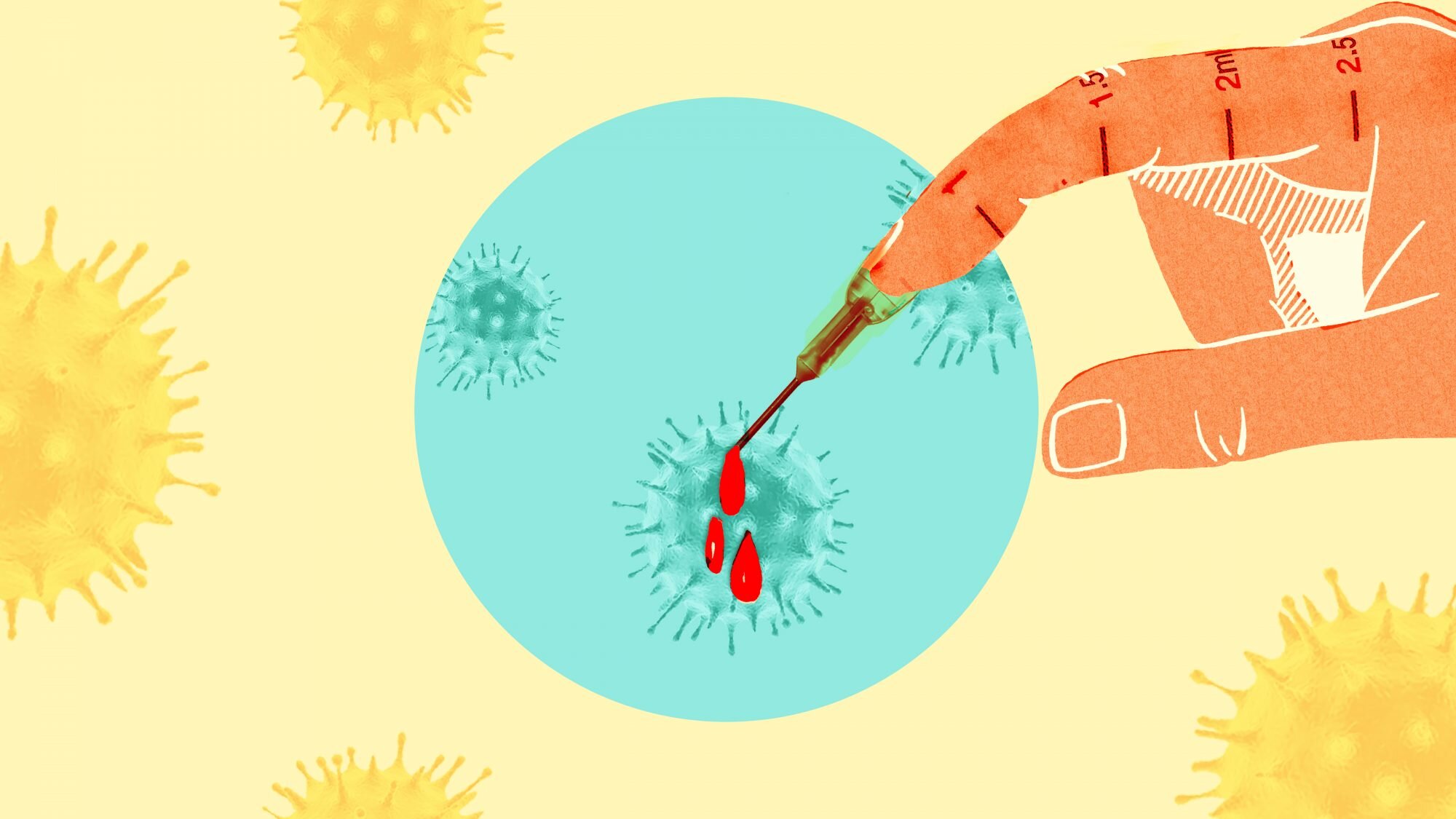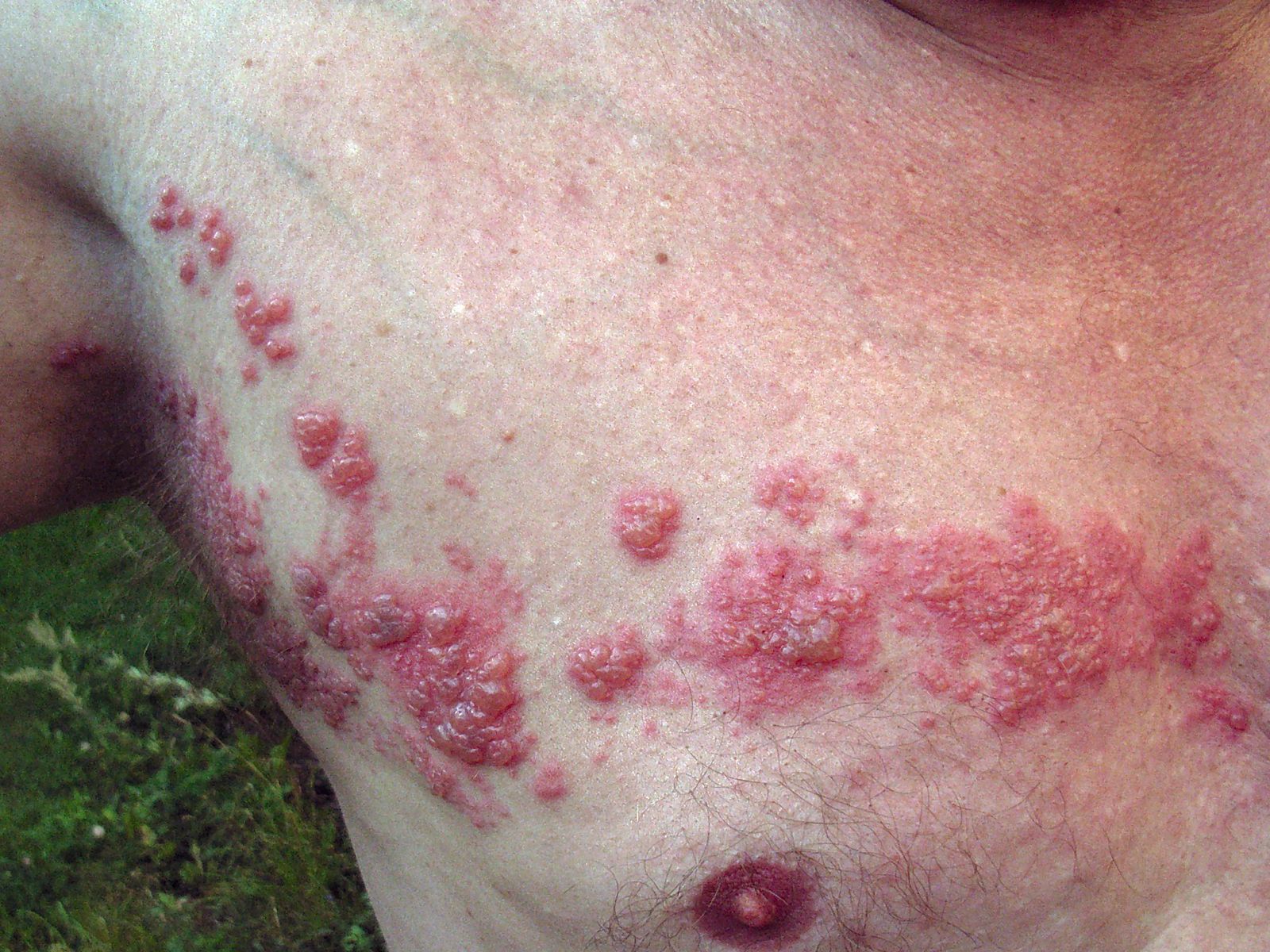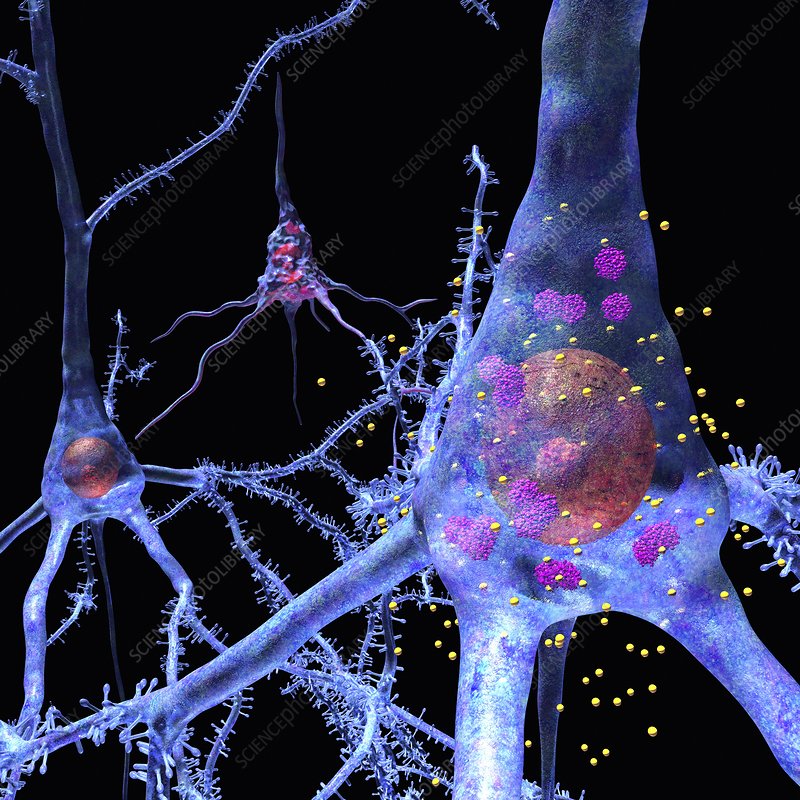RIO DE JANEIRO, BRAZIL – No, this article will not be an easy read for you. We apologize. Reviewing a scientific study is always a challenge. However, if you are interested and concerned about the Covid-19 vaccination, we recommend that you try to read it anyway. It might be worth the effort.
While the promises of mRNA technology have been widely heralded, the objectively assessed risks and safety concerns have received far less detailed attention.In the mRNA vaccines, a genetically engineered mRNA is used to deliver the information for S protein, while DNA vector vaccine uses a modified version of a different harmless virus like chimpanzee adenovirus.
Stephanie Seneff and Greg Nigh from the Computer Science and Artificial Intelligence Laboratoryof MIT intended to review several highly concerning aspects of infectious disease-related mRNA technology and correlate these with both documented and potential pathological effects.

The development of mRNA vaccines against infectious diseases is unprecedented in many ways.
In a 2018 publication sponsored by the Bill and Melinda Gates Foundation, vaccines were divided into three categories: Simple, Complex, and Unprecedented. Simple and Complex vaccines represented standard and modified applications of existing vaccine technologies.
Unprecedented represents a category of a vaccine against a disease for which there has never before been a suitable vaccine.
Read also: Deaths occurring after Covid-19 vaccinations have become hot topic in the U.S.
In sum, an unprecedented vaccine was predicted to have a 2% probability of success at the stage of Phase III clinical trial. As the authors bluntly put it, there is a “low probability of success, especially for unprecedented vaccines.”
With that in mind, two years later, we have an unprecedented vaccine with reports of 90-95% efficacy. In fact, these reports of efficacy are the primary motivation behind public support of vaccination adoption (U.S. Department of Health and Human Services, 2020).
This defies not only predictions but also expectations. There are indeed reasons to believe that estimations of efficacy need re-evaluation.
Others have brought up important additional questions regarding Covid-19 vaccine development, questions with direct relevance to the mRNA vaccines reviewed here. For example, Haidere, et al. (2021) identify four “critical questions” related to the development of these vaccines, questions that are germane to both their safety and their efficacy:
• Will Vaccines Stimulate the Immune Response?
• Will Vaccines Provide Sustainable Immune Endurance?
• How Will SARS-CoV-2 Mutate?
• Are We Prepared for Vaccine Backfires?
The media has generated a great deal of excitement about this revolutionary technology. However, there are also concerns that we may not realize the complexity of the body’s potential for reactions to foreign mRNA and other ingredients in these vaccines that go far beyond the simple goal of tricking the body into producing antibodies to the spike protein.

The Pfizer/BioNTech and Moderna mRNA vaccines are based on similar technologies encoding the spike protein. This process has now been commoditized, so it’s relatively straightforward to obtain a DNA molecule from a specification of the sequence of nucleotides.
Moderna executives have a grand vision of extending the technology for many applications where the body can be directed to produce therapeutic proteins not just for antibody production but also to treat genetic diseases and cancer, among others.
Read also: Scientific study from Israel shows natural immunity superior to Covid vaccine against Delta variant
They are developing a generic platform where DNA is the storage element, messenger RNA is the “software,” and the RNA’s proteins represent diverse application domains.
The vision is grandiose, and the theoretical potential applications are vast (Moderna, 2020). The technology is impressive, but manipulation of the code of life could lead to completely unanticipated negative effects, potentially long-term or even permanent.

ACTIVATION OF LATENT HERPES ZOSTER
An observational study conducted at Tel Aviv Medical Center and the Carmel Medical Center in Haifa, Israel, found a significantly increased herpes zoster incidence following the Pfizer vaccination.
This observational study monitored patients with pre-existing autoimmune inflammatory rheumatic diseases (AIIRD). Among the 491 patients with AIIRD over the study period, 6 (1.2%) were diagnosed with herpes zoster as a first-ever diagnosis between 2 days and 2 weeks after the first or second vaccination. In the control group of 99 patients, there were no herpes zoster cases identified.
The CDC’s VAERS database, queried on April 19, 2021, contains 278 reports of herpes zoster following either the Moderna or Pfizer vaccinations. Given the documented under-reporting to VAERS and the associational nature of VAERS reports, it is impossible to prove any causal link between the vaccinations and the zoster reports. However, the authors of the study believe the occurrence of zoster is another important ‘signal’ in VAERS.
Multiple studies have shown that patients with primary or acquired immune deficiency are more susceptible to severe herpes zoster infection. This suggests that the mRNA vaccines may be suppressing the innate immune response.
SPIKE PROTEIN TOXICITY
The picture is now emerging that SARS-CoV-2 has serious effects on the vasculature (arrangement and distribution of blood vessels) in multiple organs, including the brain.
In a series of papers, Yuichiro Suzuki, in collaboration with other authors, presented a strong argument that the spike protein by itself can cause a signaling response in the vasculature with potentially widespread consequences. These authors observed that, in severe cases of Covid-19, SARS-CoV-2 causes significant morphological changes to the pulmonary vasculature.
STROKE
They speculated that these effects would not be restricted to the lung vasculature. The signaling cascade triggered in the heart vasculature would cause coronary artery disease, and activation in the brain could lead to stroke.
Systemic hypertension would also be predicted. They hypothesized that this ability of the spike protein to promote pulmonary arterial hypertension could predispose patients who recover from SARS-CoV-2 to develop right ventricular heart failure later.
Furthermore, they suggested that a similar effect could happen in response to the mRNA vaccines, and they warned of potential long-term consequences to both children and adults who received Covid-19 vaccines based on the spike protein.
Read also: Original promise of Covid vaccines cannot be kept – when do we start talking about it?
In an in vitro study of the blood-brain barrier, the S1 component of the spike protein promoted loss of barrier integrity, suggesting that the spike protein acting alone triggers a pro-inflammatory response in brain endothelial cells, which could explain the neurological consequences of the disease.
The implications of this observation are disturbing because the mRNA vaccines induce a synthesis of the spike protein, which could theoretically act in a similar way to harm the brain.

A POSSIBLE LINK TO PRION DISEASES AND NEURODEGENERATION
Prion diseases are a collection of neurodegenerative diseases induced by the misfolding of important bodily proteins, which form toxic oligomers that eventually precipitate out as fibrils causing widespread damage to neurons.
The best-known prion disease is MADCOW disease, which became an epidemic in European cattle beginning in the 1980s. The CDC website on prion diseases states that “prion diseases are usually rapidly progressive and always fatal.” (Centers for Disease Control and Prevention, 2018).
A paper published by J. Bart Classen (2021) proposed that the spike protein in the mRNA vaccines could cause prion-like diseases through its ability to bind to many known proteins and induce their misfolding into potential prions. Idrees and Kumar (2021) have proposed that the spike protein’s S1 component is prone to act as functional amyloid and form toxic aggregates.
1. LESSONS FROM PARKINSON’S DISEASE
There are many parallels between α-synuclein and the spike protein, suggesting prion-like disease following vaccination. The authors have already shown that the mRNA in the vaccine ends up in high concentrations in the liver and spleen, two organs that are well connected to the vagus nerve.
The cationic lipids in the vaccine create an acidic pH conducive to misfolding, and they also induce a strong inflammatory response, another predisposing condition.
However, this also means that mRNA vaccines induce an ideal situation for prion formation from the spike protein and its transport via exosomes along the vagus nerve to the brain.

Studies have shown that prion spread from one animal to another first appears in the lymphoid tissues, particularly the spleen. Differentiated follicular dendritic cells are central to the process as they accumulate misfolded prion proteins (Al-Dybiat et al., 2019).
An inflammatory response upregulates the synthesis of α-synuclein in these dendritic cells, increasing the risk of prion formation.
2. VACCINE SHEDDING
There has been considerable chatter on the Internet about the possibility of vaccinated people causing disease in unvaccinated people nearby.
Contrary to what is stated on many so-called knowledge databases on the internet, study authors Stephanie Seneff and Greg Nigh of MIT’s Computer Science and Artificial Intelligence Laboratory, say that ‘vaccine shedding’ is not mere misinformation from so-called anti-vaccine activists, but a real possibility that should not be disregarded.
While this may seem hard to believe, there is a plausible process by which it could occur by releasing exosomes from dendritic cells in the spleen containing misfolded spike proteins, in complex with other prion reconfirmed proteins.
A Phase 1/2/3 study undertaken by BioNTech on the Pfizer mRNA vaccine implied in their study protocol that they anticipated the possibility of secondary exposure to the vaccine (BioNTech, 2020).
They even suggested two levels of indirect exposure: “A male family member or healthcare provider who has been exposed to the study intervention by inhalation or skin contact then exposes his female partner before or around the time of conception.”
3. EMERGENCE OF NOVEL VARIANTS
An interesting hypothesis has been proposed in a paper published in Nature, which described a case of serious Covid-19 disease in a cancer patient who was taking immune-suppressing cancer chemotherapy drugs.
The patient survived for 101 days after admission to the hospital, finally succumbing in the battle against the virus. The patient constantly shed viruses over the entire 101 days, and therefore he was moved to a negative-pressure high air-change infectious disease isolation room to prevent contagious spread.
During the course of the hospital stay, the patient was treated with Remdesivir and subsequently with two rounds of antibody-containing plasma taken from individuals who had recovered from Covid-19 (convalescent plasma).
It was only after the plasma treatments that the virus began to mutate rapidly, and a dominant new strain eventually emerged, verified from samples taken from the nose and throat of the patient.
An in-vitro experiment demonstrated that this mutant strain had reduced sensitivity to multiple units of convalescent plasma taken from several recovered patients. The authors proposed that the administered antibodies had actually accelerated the mutation rate in the virus because the patient was unable to clear the virus due to their weak immune response fully.
There are at least two concerns that the authors have regarding this experiment in relation to the mRNA vaccines. The first is that, via continued infection of immune-compromised patients, one can expect continued emergence of more novel strains that are resistant to the antibodies induced by the vaccine, such that the vaccine may quickly become obsolete.

The vaccine was only 2/3 more effective against the South African strain than against the original strain (Liu et al., 2021).
The second more ominous consideration is to ponder what will happen with an immune-compromised patient following vaccination. It is conceivable that they will respond to the vaccine by producing antibodies, but those antibodies will be unable to contain the disease following exposure to Covid-19.
CONCLUSION
Experimental mRNA vaccines have been heralded as having the potential for great benefits, but they also harbor the possibility of potentially tragic and even catastrophic unforeseen consequences. The mRNA vaccines against SARS-CoV-2 have been implemented with great fanfare, but many aspects of their widespread utilization merit concern.
The authors of the study have reviewed some, but not all, of those concerns here, and they want to emphasize that these concerns are potentially serious and might not be evident for years or even transgenerationally.
To rule out the adverse potentialities described in this paper, they recommend, at a minimum, that the following research and surveillance practices be adopted:
- A national effort to collect detailed data on adverse events associated with the mRNA vaccines with abundant funding allocation tracked well beyond the first couple of weeks
after vaccination. - Repeated autoantibody testing of the vaccine-recipient population. The autoantibodies tested could be standardized and based upon previously documented antibodies and
autoantibodies potentially elicited by the spike protein. - Immunological profiling related to cytokine balance and related biological effects. Tests
should include, at a minimum, IL-6, INF-α, D-dimer, fibrinogen, and C-reactive protein. - Studies comparing populations who were vaccinated with the mRNA vaccines and those
who did not confirm the expected decreased infection rate and milder symptoms of the vaccinated group, while at the same time comparing the rates of various autoimmune diseases and prion diseases in the same two populations. - Studies to assess whether an unvaccinated person can acquire vaccine-specific
forms of the spike proteins from a vaccinated person nearby. - In vitro studies to assess whether the mRNA nanoparticles can be taken up by sperm and converted into cDNA plasmids.
- Animal studies to determine whether vaccination shortly before conception can result in
offspring carrying spike-protein-encoding plasmids in their tissues, possibly integrated into their genome. - In vitro studies aimed to better understand the toxicity of the spike protein to the brain,
heart, testes, etc.
The authors conclude that public policy around mass vaccination has generally proceeded on the assumption that the risk/benefit ratio for the novel mRNA vaccines is a “slam dunk.” With the massive vaccination campaign well underway in response to the declared international emergency of Covid-19, we have rushed into vaccine experiments on a worldwide scale.
At the very least, societies, countries, and rulers should take advantage of the data that are available from these experiments to learn more about this new and previously untested technology. And, in the future, they so urge governments to proceed with more caution in the face of new biotechnologies.
Source: International Journal of vaccine theory practice and research, May 2021
Stephanie Seneff and Greg Nigh – Computer Science and Artificial Intelligence Laboratory, MIT, Cambridge MA, 02139, USA, E-mail: [email protected]

